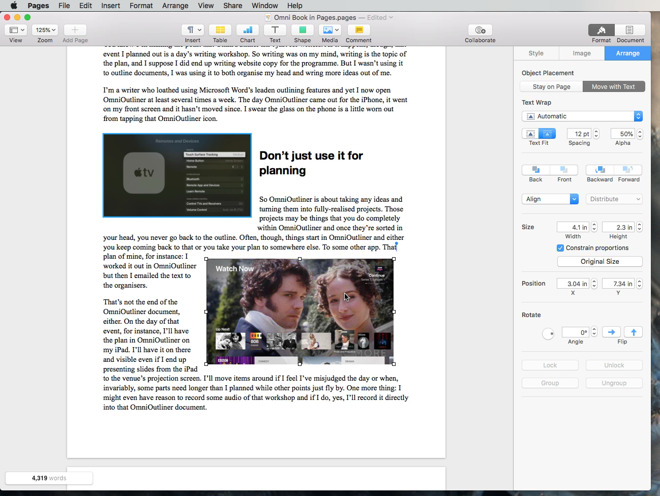

Virtual memory lets the Mac use more RAM than it has, but at the cost of speed, since copying to and from the drive is slow. When memory compression isn’t enough, macOS resorts to virtual memory, which involves copying chunks of inactive data from RAM to disk-based swap files and back as needed, a process called paging.

This compression and expansion process uses some processor time, but not so much that you’d usually notice unless you’re running other CPU-intensive apps. When the data is needed again, macOS expands it.

It then tasks an underutilized processor core to compress that data in memory in much the same way you can compress a file in the Finder with the File > Compress command. As macOS starts to use up free memory, it looks for chunks of data in memory that are inactive, perhaps due to being used by an app that’s running, but only in the background. Luckily, that’s not a show-stopper, thanks to memory compression and virtual memory. It’s thus easy for macOS, its helper apps, and the apps you run to request more RAM than is actually installed in your Mac. macOS also uses significant quantities of RAM, and it relies on numerous helper apps. Similarly, when you open a document, the app reads its contents into memory in order to manipulate the data quickly.
PAGES FOR MAC 2013 CODE
When you launch an app, its code is loaded from disk into RAM for execution. RAM is faster than a hard disk or SSD, but it’s much more expensive and is wiped clean when you restart or shut down your Mac.) What Is RAM Used For? (To make sure we’re all on the same page, RAM and memory are two terms for the same thing, and are distinct from disk space or storage, where files are stored permanently even when your Mac is turned off. Let’s look at how memory is used, how you can determine if you need more, and what to do about it. Also known as random-access memory, RAM is the temporary working space where macOS loads apps and documents while you’re using them.
PAGES FOR MAC 2013 INSTALL
But if these problems are happening more frequently, one possible fix is to install more RAM. Such problems won’t happen all the time, and you can often fix them by quitting a piggy app or restarting your Mac. No matter how fast your Mac was when it was new, the time will come when apps launch slowly, the spinning beachball appears more often, and everything responds sluggishly.


 0 kommentar(er)
0 kommentar(er)
